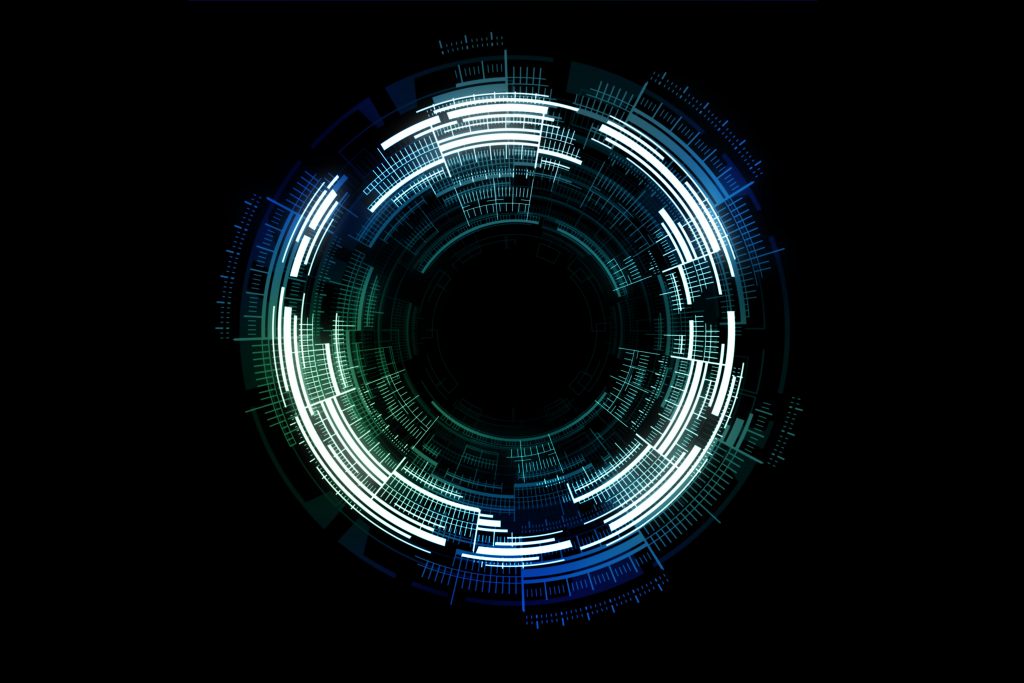
We have seen evolution of AI systems from the simple to the more complex: Going from simple correlations and causations, to model creation, training and advanced prediction to finally unsupervised learning & autonomous systems.
Trust Models Required At Each Stage Of Evolution
Human society has been seen to be comfortable with assigning accountability to one of its own i.e. a human actor who creates, authors or mentors these models and can assume accountability & responsibility. If you trace the evolution of our justice systems from the time of Hammurabi (sixth king of the First Babylonian Dynasty, reigning from 1792 BC to 1750 BC), to the modern ones in nation states today, we seem to accept good behavior within a well defined system of laws and rules, and digression from these attract punishment which is meant to drive compliance.

But will this always be true? Do we need new trust models and enforcement mechanisms?
Some Questions To Answer Before Advent Of Completely Autonomous Systems:
How do you program ethics?
Morals are the objective transcendent ideals we base our ethics upon. Jonathon Haidt in his exploration of the conservative and liberal morality describes 5 key traits – harm, fairness, authority, in-group and purity. Per his TED talk, liberals value the first two and score low on the other three, while conservatives value the latter 3 more than liberals.
Ethics are the subjective rules by which we govern our behavior and relate to each other in an acceptable manner. So which of these moral principles and in what measure should our ethical rules be based upon? And who chooses?
These ethics rules determine the system’s behavior in any situation and thus form the basis for the trust system we will operate upon with the autonomous system. (See the definitions of trust in my earlier post here)
Would the creator of a model be held responsible for all its future actions?
Think about an infant that is born. He/she usually has a base set of moral frameworks hard wired into the brain and it is life experiences that shape how that model further develops, what behaviors are acceptable in society, which ones are not, what’s considered good vs. evil etc. The only thing that a creator can be held responsible for is the base template that he inputs into creating the autonomous AI system. Anything that is learnt post birth would be a part of the nurture argument that would be very difficult to assign accountability for.
Can you set up a reward and punishment system for AI models?
If we consider an AI system to be similar, how do you provide a moral compass to it? Would you expose it to religion (and which one?) to teach it the basics of right or wrong or set up reward and punishment systems to train it to distinguish desirable vs. undesirable behavior. And again who determines what is desired and what is not – is it us humans or do we leave this up to the autonomous AI system.
Who decides on when and how we go to Autonomous AI?
When would we as a society be ready to take the leap? There are a number of thought leaders who have warned us about this including Stephen Hawking and Elon Musk. Are we ready to heed those warnings and muzzle our explorations into truly autonomous systems or is this an arms race that even if we bore restraint, someone somewhere may not act with the same constraints that we did…and finally was the purpose for us as a species was to develop something more intelligent than us that is able to outpace, out compete and eventually sunset our civilization?
I guess only time will tell, but meanwhile it is important to at least model ethical rules as we know it (similar to Isaac Assimov’s three Laws of Robotics – A robot may not injure a human being or, through inaction, allow a human being to come to harm. A robot must obey orders given it by human beings except where such orders would conflict with the First Law. A robot must protect its own existence as long as such protection does not conflict with the First or Second Law) into systems and autonomous programs that we create but realize that our biases, desires and ambitions will always be a part of our creation…

A Possible Way Forward…
We need a framework to establish certain base criteria for evolution of AI – something that will be the basis of all decision making capabilities. This core ROM which cannot be modified should form the basis of trust between humans and autonomous AI systems.
This basic contract is enforced as a price of entry to the human world and becomes a fundamental tenet for trust between us humans and autonomous systems allowed to operate in our realm.
As long as humans trust the basis of decision making upon these core principles (like Assimov’s three laws of robotics described above) we will operate from a position of mutual trust where we should be able to achieve a mutually beneficial equilibrium that maximizes benefits all around.
Given the CRISPR announcement today about two babies being born with their genes edited using CRISPR Cas9, its all the more urgent for us to establish this common framework before the genie is out of the bottle…

